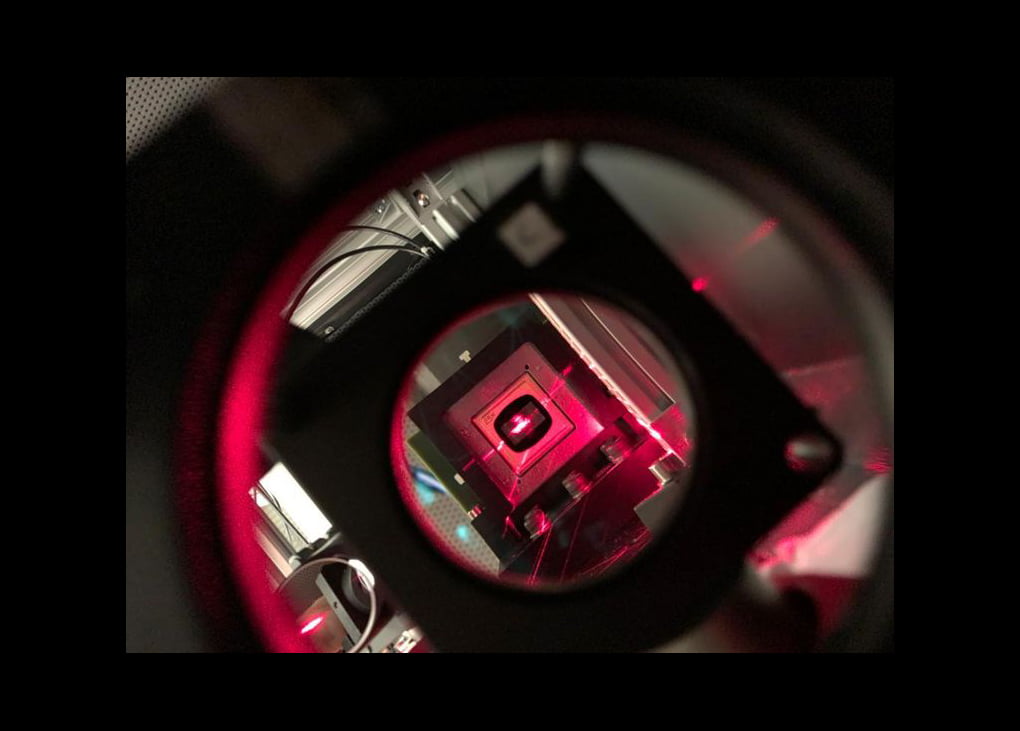An international team of researchers has created a new cooling concept by combining thermodynamics with quantum theory.
The team – consisting of researchers from TU Wien, in collaboration with FU Berlin, Nanyang Technological University in Singapore and the University of Lisbon – have discovered quantum effects can be used to cool a cloud of ultra-cold atoms.
TU Wien’s Prof. Jörg Schmiedmayer says in 2018 it was discovered that they could transfer the basic principles of thermal machines to quantum systems by using quantum field descriptions of many-body quantum systems.
The team used the principles of a traditional refrigerator to guide the design of the quantum heat machines. They developed a quantum version of the refrigeration process by using a Bose-Einstein condensate.
“In recent years, we have gained a lot of experience in controlling and manipulating such condensates very precisely with the help of electromagnetic fields and laser beams, investigating some of the fundamental phenomena at the borderline between quantum physics and thermodynamics,” says Schmiedmayer.
“The logical next step was the quantum heat machine.”
Prof. Marcus Huber from TU Wien explains a Bose-Einstein condensate is divided into three parts, which initially have the same temperature.
“If you couple these sub-systems in exactly the right way and separate them from each other again, you can achieve that the part in the middle acts as a piston, so to speak, and allows heat energy to be transferred from one side to the other,” he says.
In a traditional refrigerator, heat only flows one way. The quantum system allows the heat to flow from one sub-system to another.
“You have to control very precisely when which sub-systems should be connected and when they should be decoupled,” says Huber.
The idea is only a concept so far, but the team is hoping to develop it further in the near future.
“If it works with cold atoms, then our ideas can be implemented in many other quantum systems and lead to new quantum technology applications,” says Schmiedmayer.
For more information, please click here.
Image courtesy of TU Wien.



Leave a Reply